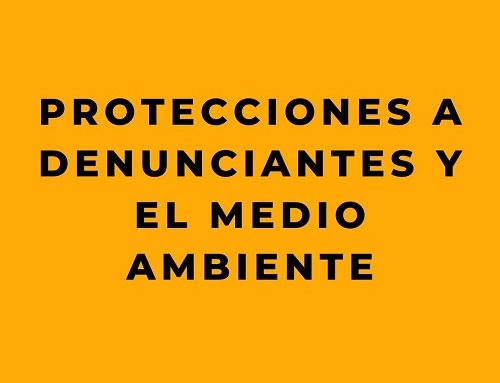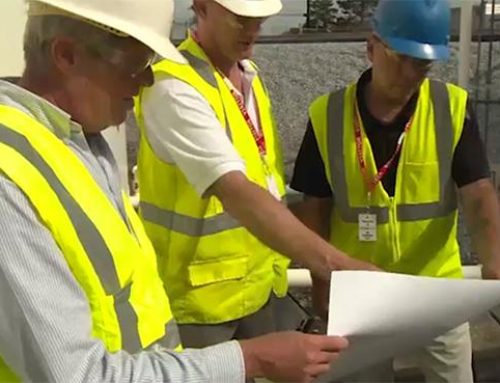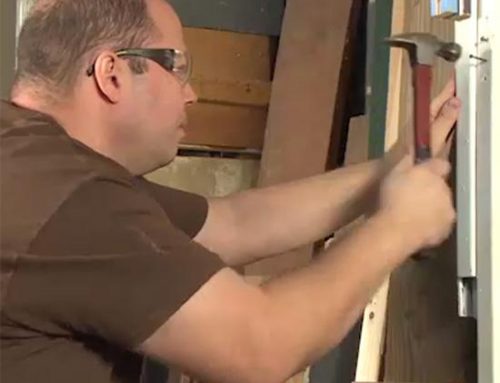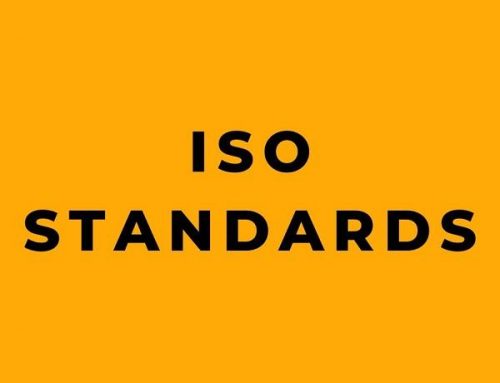Today, I thought I’d explore something not many of us come across in our daily lives. We’re going to dive into a topic that’s vital to a specific demographic: people who work with our feathered friends, particularly in pet shops, quarantine facilities, and the poultry processing industry.
This might ruffle your feathers a bit: it’s called Psittacosis, a disease caused by a bacteria named Chlamydia psittaci, passed on from birds to humans. It’s fascinating and unsettling at the same time. This bacteria doesn’t discriminate – whether it’s a parrot, a parakeet, or even your everyday pigeon, chicken, or turkey – they can all potentially harbor the disease.
The signs in birds might make you pause; a bird suffering from psittacosis could have red, watery eyes, a runny beak, a case of the runs, and a loss of appetite. Now, the bird might recover from the infection, but here’s the kicker: that pesky bacteria can stick around in its blood, feathers, and droppings for a good while.
Here’s where our concern as Homo sapiens comes in: we can get psittacosis by breathing in particles from bird droppings. It’s a sneak attack of sorts, as the symptoms usually show up a week or three after exposure. It might feel like a mean bout of the flu at first, complete with headache, fever, cough, nausea, vomiting, joint and muscle aches. In severe cases, it could develop into pneumonia and require hospitalization. Thankfully, common antibiotics can treat it, but it can be a lengthy recovery. And the real zinger: you can get it more than once. That’s right, there’s no ‘one and done’ with psittacosis.
So, how are we keeping people safe from this? Well, the USDA mandates that imported birds of the psittacine variety be quarantined for 30 days, often fed a medication to prevent transmission. But there’s a loophole: birds bred domestically aren’t subject to this requirement.
But don’t get your feathers in a bunch just yet. While there’s no specific OSHA standard for psittacosis, a host of good industrial hygiene practices and regulations are in place. It starts with appropriate respiratory protection, ensuring ventilation in the workspace, and developing a training program. Workers need to be educated about the signs, symptoms, and best practices to recognize and deal with psittacosis. They need to be diligent about reporting any signs of infection, whether in the birds or in their own health.
If a confirmed case of work-related psittacosis does pop up, it’s not something to sweep under the rug. It needs to be recorded, reported, and handled with the seriousness it deserves.
Let’s remember, in the grand scheme of things, this affects a relatively small group of people, but it’s still essential. When we’re handling our feathered friends, we’re also potentially handling our own health, and we need to do so with care, knowledge, and diligence. So, let’s give a little appreciation for these guidelines that keep our workspaces safer, and a big tip of the hat to those who work tirelessly to keep our pet shops, quarantine facilities, and poultry processing industries running safely and smoothly. Until next time, stay safe out there.










